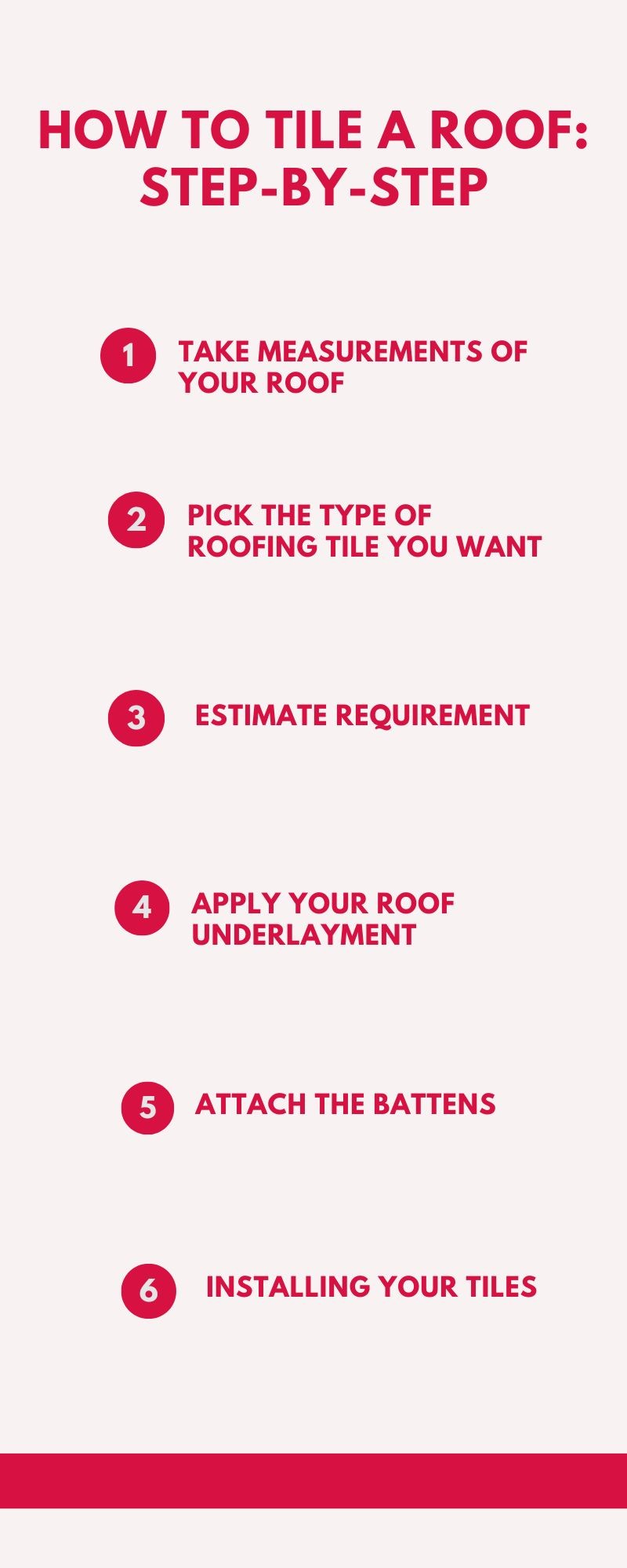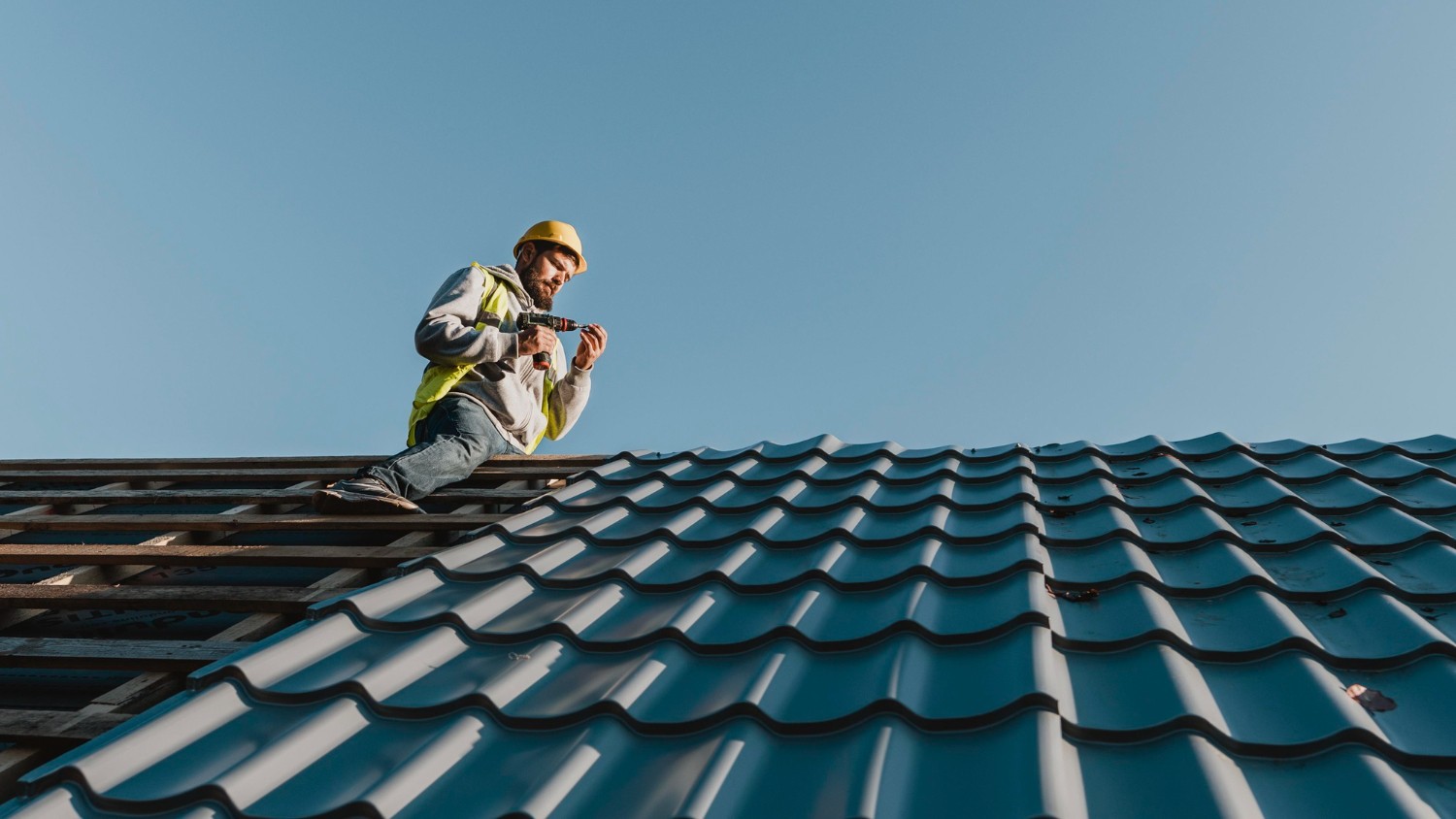When it comes to the aesthetics of your home, nothing tops a nice, smooth roof over your head than beautiful, clean slate tiles. These provide the most natural appearance and are the easiest way to install a new roof. However, due to the vast array of available types, knowing where to begin your search can be difficult. Thankfully, this article sheds some light on one of the most frequently asked questions around new roofs: How do I find the right roof tile for my home? Whether you have money to spend, you will want to find the best material for your home. How to choose the appropriate interior design in Qatar? This article will discuss why one type is better than another and offer insight into what makes each style tick.
1) Slate tiles
Due to their unique and exquisite appearance, slate tiles are one of the most popular tile types on the market. No other material has such dramatic color variations as slate tiles. Undoubtedly, it is one of the most classy roofing materials available. Among slate's benefits are its durability, long lifespan, and resistance to fire. Slate tiles are heavy, which is one of their drawbacks. As a result, structural reinforcement may be required to support its weight. The budget may also be an issue with this type of tile roof.
2) Composite Tile
The materials that make up composite roof tiles are a combination of natural and man-made components. Sustainable materials are used to make them. In addition to replicating any tile roof product's look, composite roof tiles can be customised in almost any colour. Since they are non-porous, composite tiles protect against mold and mildew. However, the gravel layer becomes clogged with dirt over time and requires periodic cleaning.
3) Concrete tiles
Tiles made from concrete are another popular option. Four basic ingredients make it up: cement, sand, water, and dye. Concrete tiles are eco-friendly and recyclable because they use low-cost, durable materials. Furthermore, concrete tiles are one of the least expensive ones available on the market. However, their weight may require reinforcements to support their weight. An experienced roofing contractor who knows how to install concrete tiles needs to be consulted when installing concrete tiles.
4) Copper Roof Tiles
There are several differences between copper tiles and other metallic roofing materials. Although delicate, copper tiles are extremely beautiful and have a brilliant sheen upon the first installation. The aged copper patina will show as they darken with age. They can also last for hundreds of years or longer. While thinner and softer than most other materials, they will certainly keep your home beautiful and weatherproof. However, copper is a costly metal.
How to Tile a Roof: Step-by-Step

1) Take measurements of your roof
You must measure the length, width, and slope of your roof to estimate or calculate the needed materials. A roof frame must also be able to support your roof so that it doesn't collapse due to stress.
2) Pick the type of roofing tile you want
Your budget is an essential factor in choosing roofing tiles. A roof's durability and longevity must also be taken into account. A wide range of styles, sizes, and colors are available in the roofing market. The most important thing to consider when choosing your roofing material is the climate, as this will affect the lifespan of your roof.
3) Estimate requirement
You must estimate the number of roof tiles you need for your entire area once you have chosen your roof tile and measured your roof. Adding a percentage to your total number is recommended to avoid going back and forth if more is required. The cost of other construction materials, such as nails, sealant, and underlayment, must also be factored in.
4) Apply your roof underlayment
When your roof tile breaks, underlayment protects your home from leaks. Therefore, you must know how to install the underlayment properly before laying the tiles. You should align and attach your underlayment correctly during installation. You must overlap each underlayment to ensure a secure connection between them. You should add an extra layer to the roof's edge, and the valley since these areas are prone to leaks.
5) Attach the battens
Roof tiles are held in place by battens, which run horizontally along the roof. You should allow at least 3 inches between tiles that do not interlock to know the spacing between the battens. Don't forget to account for the overhang at the eaves. Calculate the number of battens you need for installation based on your width and the distance you took. Take this spacing into consideration when securing your battens.
6) Installing your tiles
Roof tiles should be installed in accordance with the roof's length. Additional strength can be provided by adding mortar. When working on edges, don't forget the overhang allowance. It is necessary to cut the tiles in some areas to fit. Finish the job by installing the ridge tile.
Conclusion
The most common type of roofing is tile roofs.Their durability and longevity make them ideal for homes. Each roofing tile type has its benefits and disadvantages. It is essential to know what you need when making your decision.Choosing the right interior contracting companies in Qatar will help you select the perfect roofing tile for your home. A leading supplier of roof tiles in Qatar, Electra offers high-quality roof tiles in multiple colours and designs for residential, commercial, and official properties. In order to choose the right roof tile, it is imperative to thoroughly research and evaluate the materials, styles, costs, and methods of installation. Roof tiles are not only beautiful but also cost-effective. They provide superior protection against the weather and can keep your home looking great for years to come!






